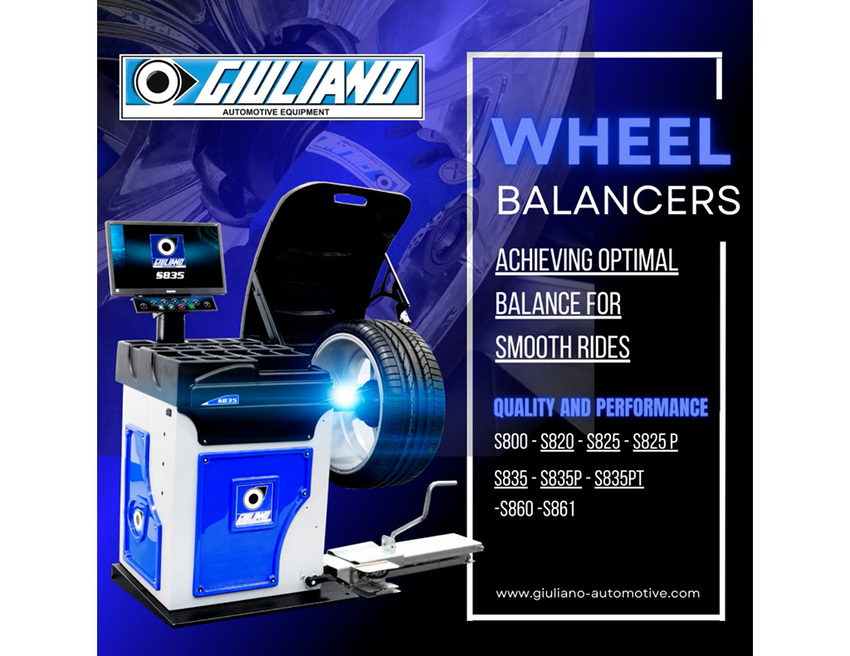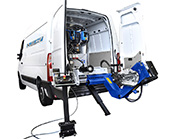
If you're considering purchasing a wheel balancer for the first time or need to upgrade your current one, you might have come across the terms "2D" and "3D" and wondered what they mean. In this article, we will provide a clear explanation of each term to help you make an informed decision.
2D Wheel Balancers (Distance and Diameter): A 2D wheel balancer, also known as a semi-automatic wheel balancer, provides automatic measurement of the rim’s diameter and distance. By simply touching an automatic gauge against the rim's edge, the balancer automatically detects the rim's diameter and distance, eliminating the need for you to manually enter these parameters. This streamlined process significantly improves efficiency and takes only a few seconds. However, there is one additional parameter that still needs to be measured and entered manually: the rim width. Use a measuring caliper to manually enter the wheel width when balancing.
3D Wheel Balancers (Distance, Diameter and Width): 3D wheel balancer takes automation a step further. It features an additional sonar system attached to the wheel guard, that enables automatic measurement of the wheel width. With a 3D wheel balancer all data is entered automatically. Just clamp the wheel onto the shaft, touch the edge of the rim with the measuring gauge, close the wheel guard, and let the machine do the work! This user-friendly process provides accurate measurements within seconds and makes the balancing task even more efficient.
Choosing the Right Option: When deciding between a 2D and 3D wheel balancer, there are two key factors to consider: budget and intended use. While a 3D wheel balancer offers greater efficiency, it may also come with a higher price tag. If you have the budget and anticipate using the balancer frequently, the time-saving benefits of a 3D machine may justify the investment. On the other hand, if you expect to balance wheels infrequently, a semi-automatic (2D) could be a more cost-effective choice.
Establish a budget range based on your business needs and balancing requirements. Consider the long-term value and return on investment offered by the balancer, balancing its features, capabilities, and durability against the cost.
Explore Our Range of Wheel Balancers: Giuliano Automotive offers a wide range of 2D and 3D machines to suit any budget and requirement. Accuracy, reliability, ease of use, compatibility with different wheel sizes, and availability of service and support. Italian engineering. Choose between budget-friendly 2D models or time-saving 3D high-performance wheel balancers, which are the most effortless solution among those on the market.




